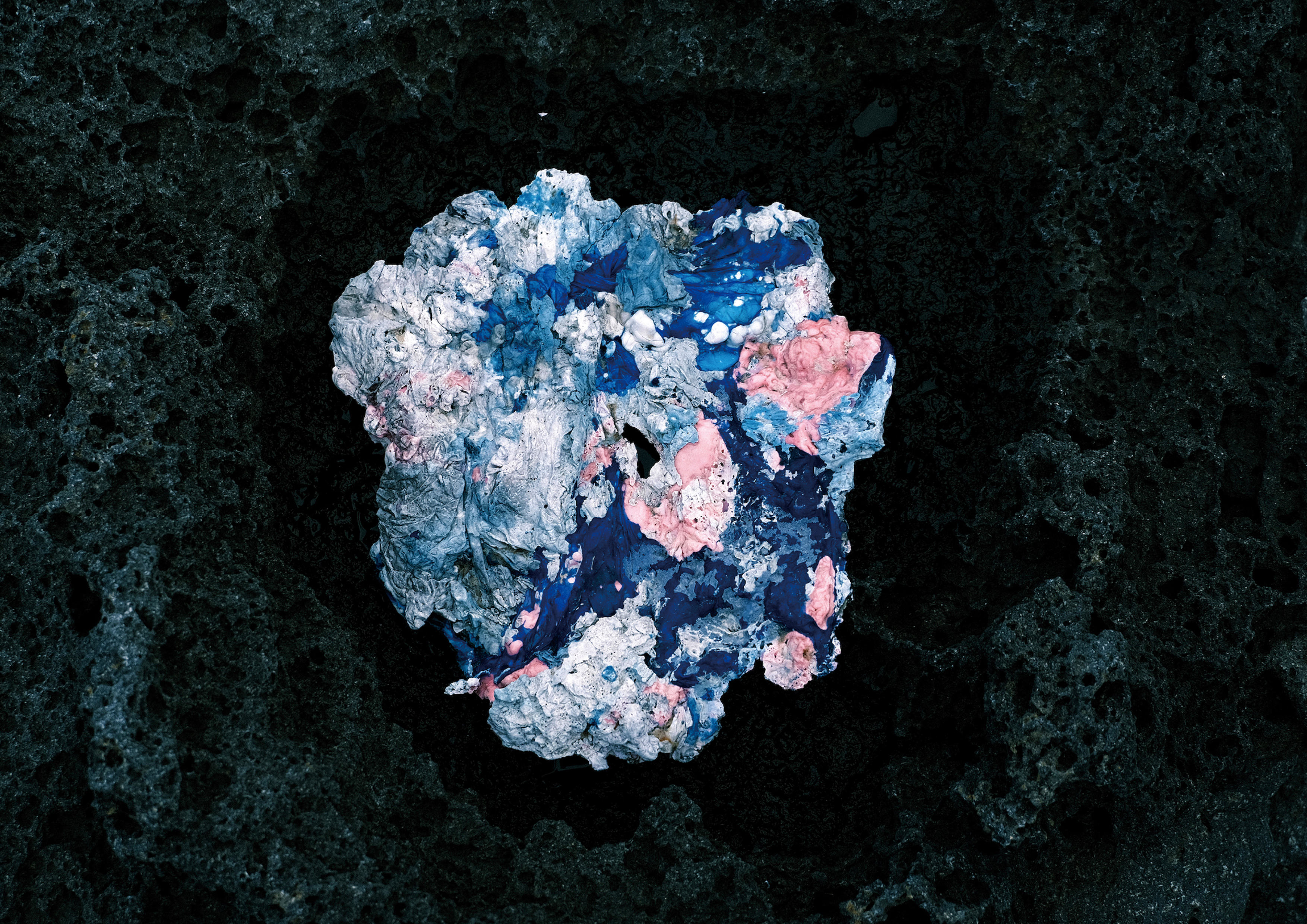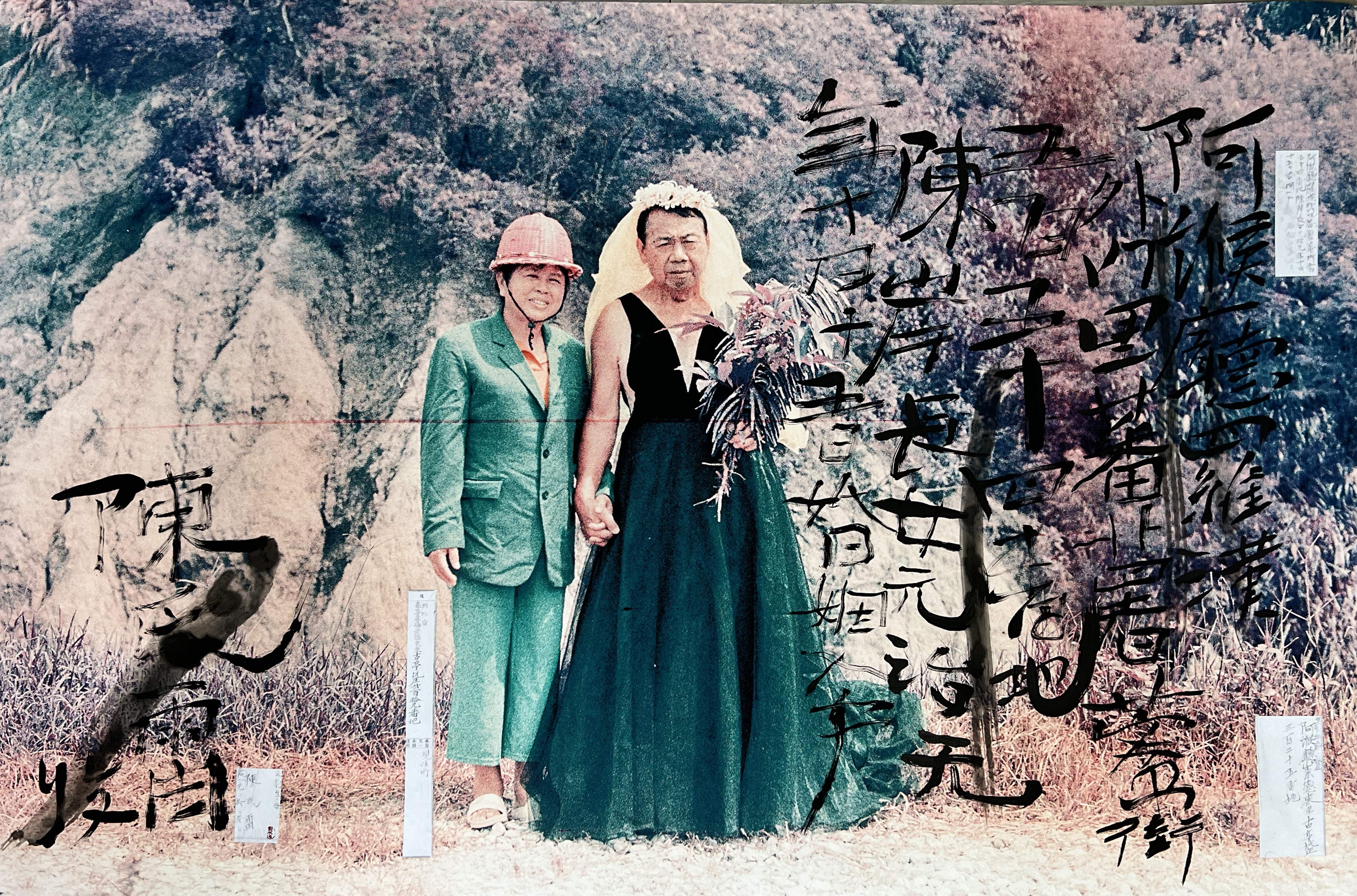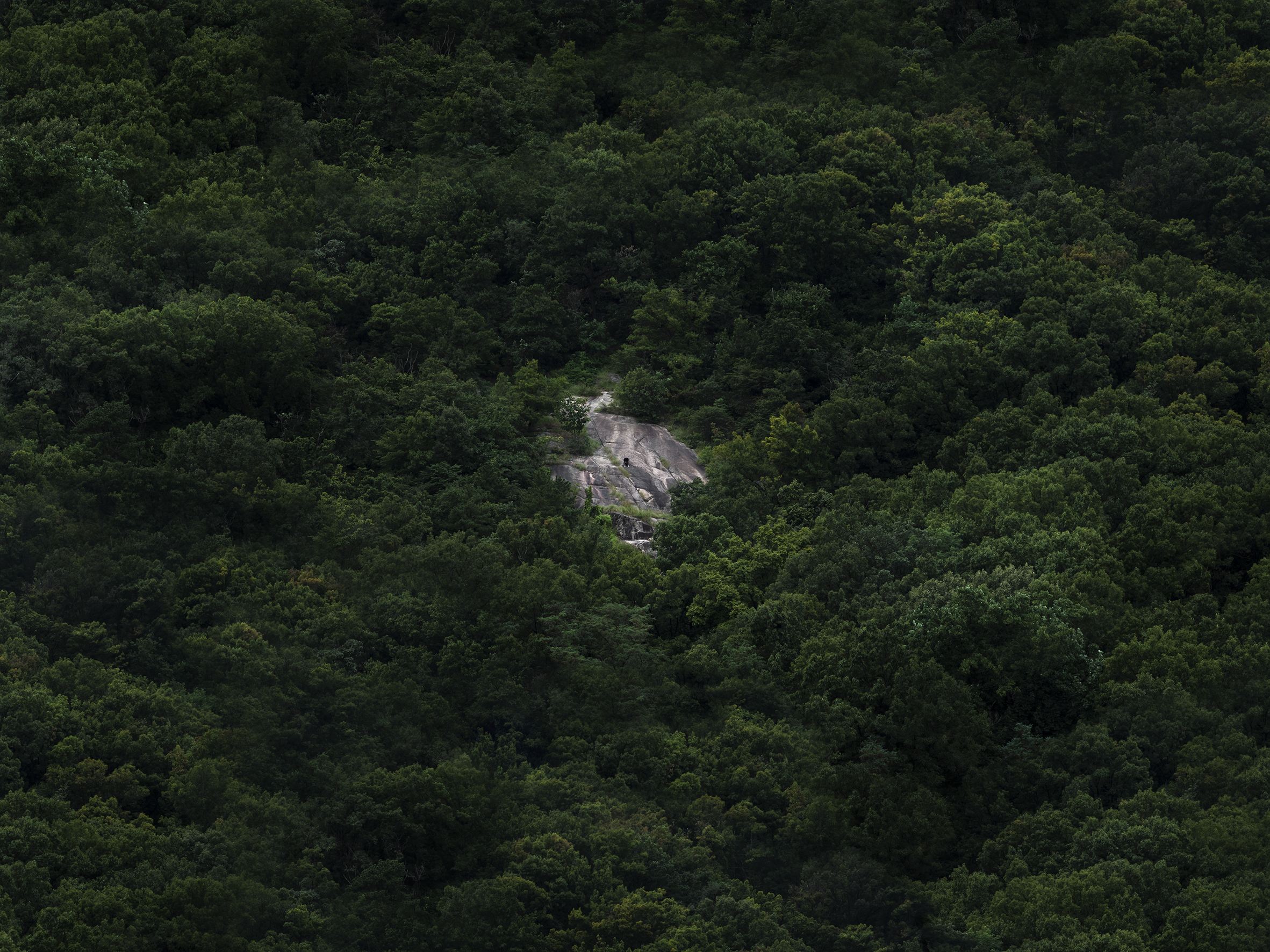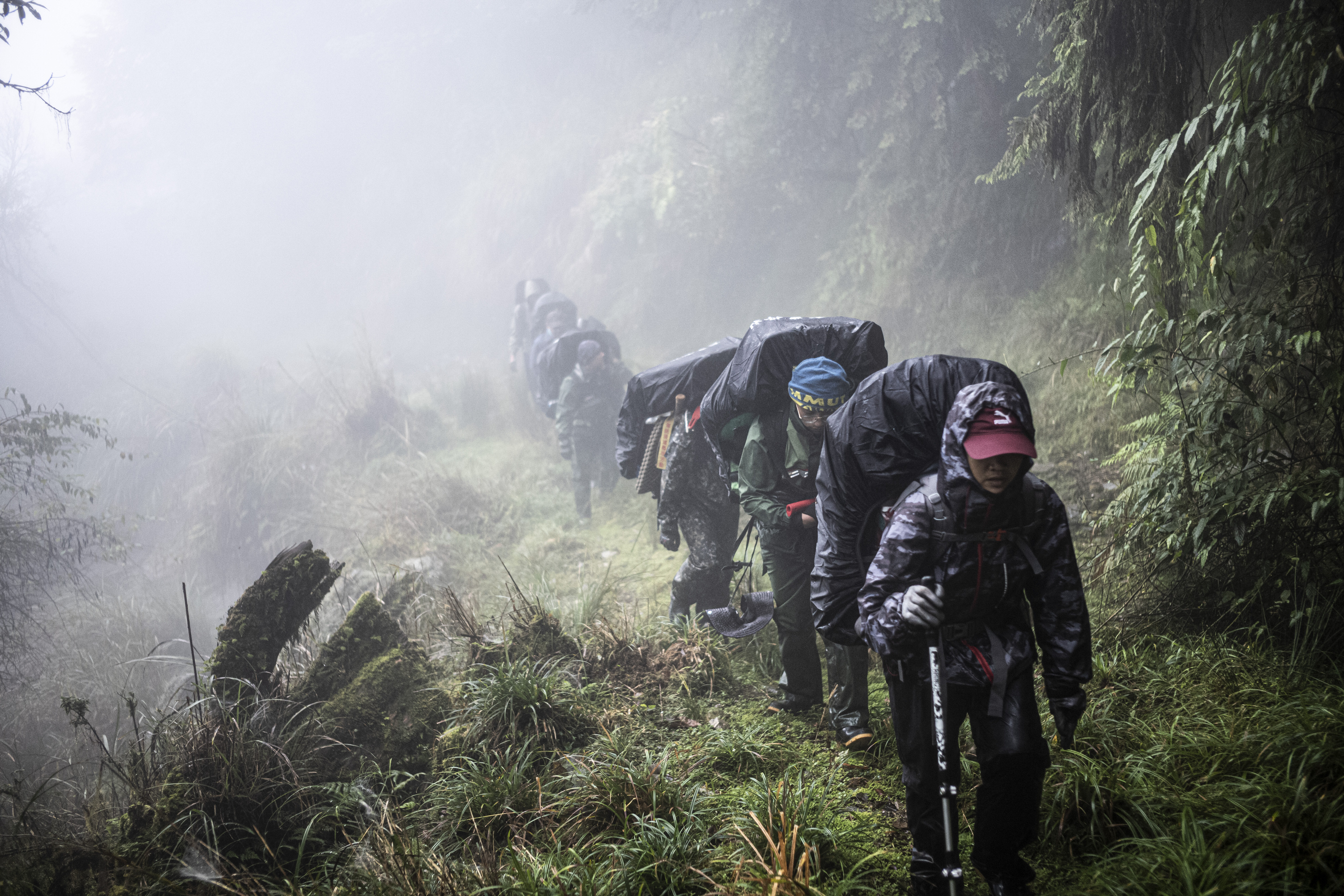A3



柴田早理
Sari Shibata
Anthropocene Plastics
The earth's stirrings are felt through marine debris.
On the beaches of Japan's volcanic islands one occasionally finds plastics deformed to look like stones or living creatures. Sculpted by nature, their forms are diverse, as if they had a will of their own.
Crude oil, the raw material for the plastics that are now wreaking havoc in our oceans, is believed to have evolved from ancient organisms that sank to the ocean floor. Now, they are transforming into minerals, and sometimes insects, as if trying to return to a state of nature.
Are these entities, born from the combined forces of humans and the earth, artificial objects crafted by human hands, or are they natural objects carved out of the earth?
These plastics symbolize the Anthropocene, the geological age in which human activities are significantly impacting the our planet’s ecosystems and climate. To convey this reality, I photographed plastics in their 'plastic' form—malleable, flexible, receptive, artificial, and unnatural.
Horikawa Oike Gallery
238-1, Oshiaburanokoji-cho, Nakagyo-ku, Kyoto, 604-0052
Subway Tozai Line "Nijojo-mae" station. 3 min on foot from exit 2
Open: 4.13 Sun.–5.12 Sun.
11:00–18:30(最終入場|Last entry 18:00)
Closed: Mon.
11:00 - 18:30
Free






